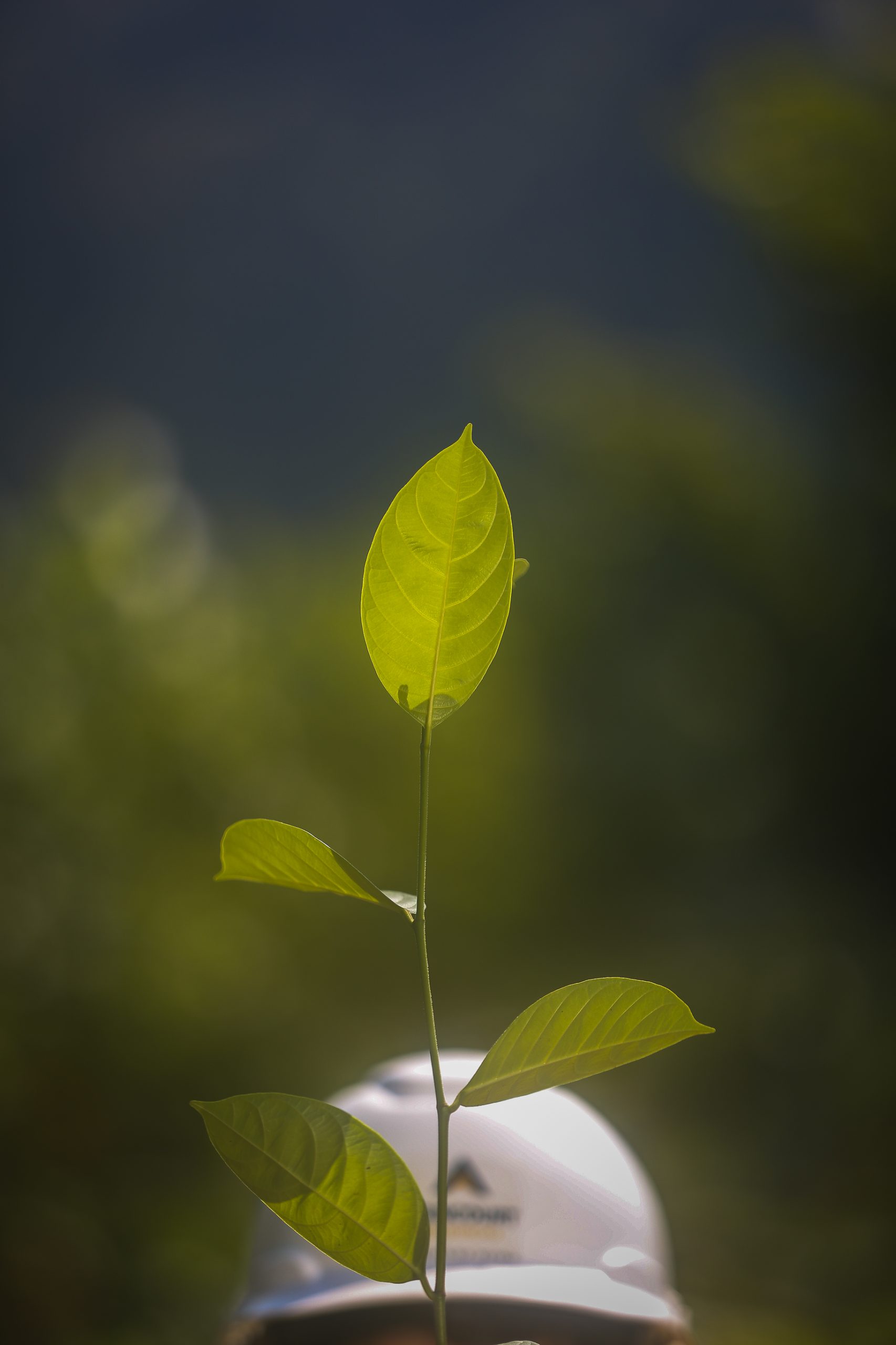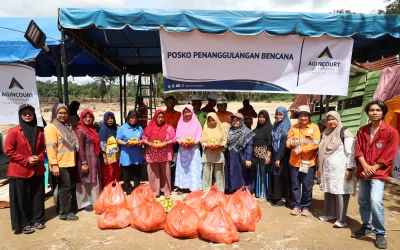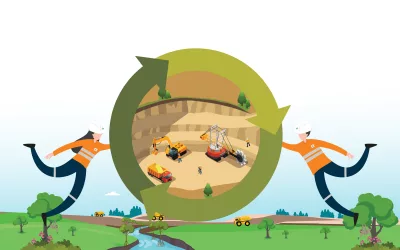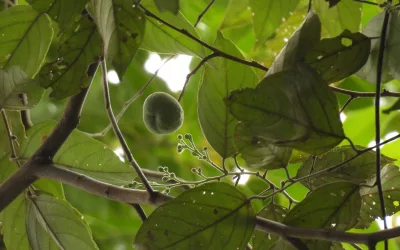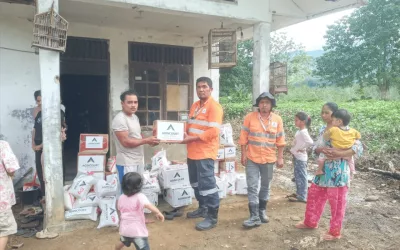Coastal ecosystems are dynamic ecosystems with high and diverse habitat richness. Because the coastal area is a transition area between land and sea where each part impacts the other, the ecosystem formation is unique. Ecosystems in the sea are affected by land activities, such as sedimentation and fresh water flow. Meanwhile, ecosystems on land are affected by ocean activities such as tides, sea breezes, and salt water seepage.
Coastal areas have high potential marine and fishery resources, make inter-regional; islands; and continental trade easier, and also inhibit the entry of large waves of seawater to land. Therefore it is important to ensure sustainable development in coastal areas, especially in the environmental context.
As the Martabe Gold Mine operator who is highly committed to environmental preservation. PT Agincourt Resources (PTAR) collaborated with the Ministry of Environment and Forestry (KLHK) to plant 30,000 mangrove seedlings in an area of 10 hectares (ha) and released tens of thousands of shellfish seedlings. The mangrove planting action with the theme “From the Heart for the Earth” was held in Kalangan Indah Village and Aek Sitio-tio Village in Pandan District, Central Tapanuli, North Sumatra.
The mangrove seeds planted were local seeds of the rhizophora type which are ready for planting and already four to six months old in nurseries with a seedling height of 50-80 centimeters (cm). These seeds were obtained from the Mandiri Lestari Forest Farmers Group, which has been cultivating mangrove seedlings for three years. While the shellfish seeds that were distributed were healthy and fresh conditions locusts. These seeds are planted with a spacing of 1 x 3 meters (m), or depending on the low tide limit. All seedlings are planned to be planted for two to three months. Meanwhile, the maintenance duration takes about two years and can be extended.
Mangrove forests affect coastal, marine and land ecosystems. Mangrove forests have so many benefits for life in nature and society and are considered as a source of protection for aquatic ecosystems between land, coast and sea which have major biological, physical and economic functions for the human survival. Of course, this is in line with the PTAR Sustainability Policy.
Deputy President Director of PTAR Ruli Tanio said planting mangroves was PTAR’s contribution in shaping the ecosystem of the coastal area in Central Tapanuli. Central Tapanuli is located on the west coast of Sumatra with a coastline length of 200 kilometers (km). Therefore, the mangrove ecosystem is expected to become an area for finding food, spawning, breeding various types of fish and shrimp, as well as being a natural habitat for various types of fauna. “We also hope that the ‘From the Heart for the Earth’ planting mangroves action can open up opportunities to improve the local community’s economy through mangrove forest ecotourism. This environmentally sound ecotourism is based on aspects of nature conservation as well as economic, social and cultural empowerment of local communities,” said Ruli.
Meanwhile, the Director of Conservation of Species Biodiversity and Genetics of the Ministry of Environment and Forestry Indra Exploitasia, said that planting mangrove seeds would be a contribution towards “2050 Living in Harmony with Nature” vision so that in the future it is hoped that we can sit side by side with nature. The establishment of a mangrove ecosystem is indeed very important considering that Indonesia is the second country with the longest coastline in the world which is vulnerable to climate change.
This mangrove planting is in line with the Nationally Determined Contribution (NDC), which contains the Country’s commitment to set targets for reducing Greenhouse Gas Emissions in Indonesia. Among them by doing rehabilitation and conservation of mangrove ecosystems. Through PTAR’s help, the mangrove forest habitat on the west coast of Sumatra Island can smile again.

